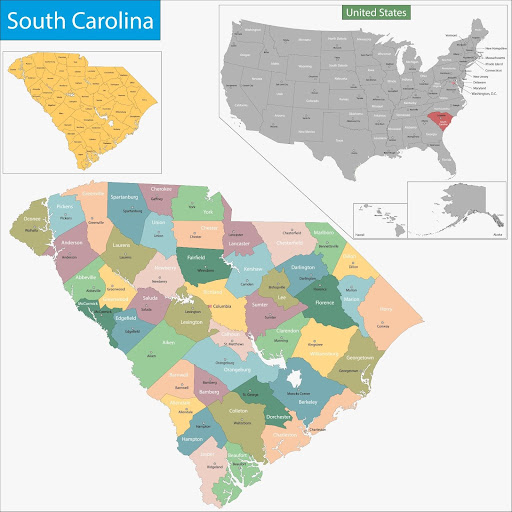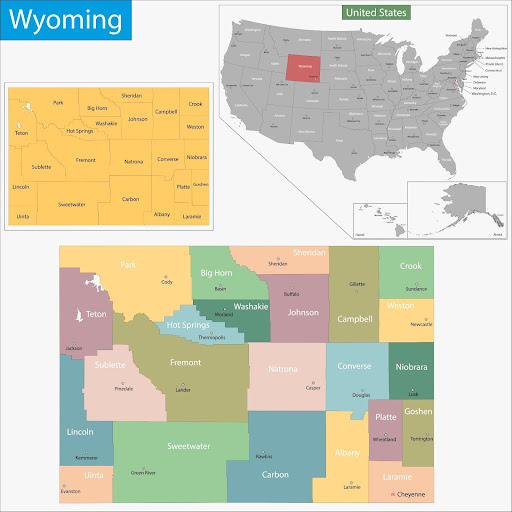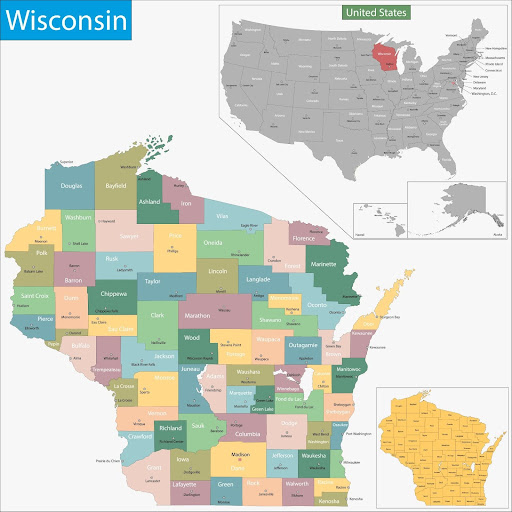Table of Contents
With over 13 million acres of forestland and a strong prescribed fire culture, South Carolina is home to hundreds of wildfires each year. Most are human-caused, many are preventable, and nearly all demand a sharp investigative eye.
Whether you’re responding to escaped burns in the coastal plains or illegal debris fires upstate, successful fire investigations in South Carolina require a strong grasp of local terrain, burn permit policies, agency structure, and suppression logistics.
This guide on wildland fire resources in South Carolina gives you the intel you need to operate effectively, whether you’re working alongside state rangers, federal teams, or rural VFDs.
See our wildland firefighting resources center for additional detail.
Live Incident Updates & Maps
Stay updated on active wildfires, prescribed burns, and smoke impacts using this live tool:
State Overview
South Carolina’s wildfire dynamics are shaped by topography, land use, and cultural burning practices. The terrain may be modest, but fuels are flashy, and fires often move faster than expected, especially with seasonal winds.
- Coastal Plain: Sandy soils, loblolly pine, and dense underbrush fuel quick-spreading fires. This region sees the bulk of South Carolina’s annual wildfire activity.
- Piedmont: Hillier terrain with mixed hardwoods and pine plantations. Fires here can go underground and persist in stump holes or duff layers.
- Blue Ridge Foothills: Less fire-prone due to humidity and rainfall, but when it burns, access is tough and suppression is slow.
- WUI Zones: Rapid development along the I-85 corridor and in coastal communities increases structure exposure and investigation complexity.
Wildfire Season Timeline
South Carolina has a defined fire season that peaks in late winter and early spring. The season is shaped by dormant fuels, low humidity, and ongoing prescribed fire activity.
- Winter–Spring (January–April): Peak wildfire season. Debris burns, escaped prescribed fires, and carelessness are major causes.
- Summer (May–August): Risk decreases with green-up and higher humidity, though occasional lightning fires can still spark activity.
- Fall (September–November): Secondary fire window, particularly in drought years. Leaf litter and reduced rainfall elevate risk.
Prescribed fire season overlaps with peak wildfire risk, increasing complexity for fire investigators managing multiple ignition sources.
Key State Agencies Involved
- South Carolina Forestry Commission (SCFC): SCFC is the lead agency for wildfire suppression, investigation, and forest protection statewide. They manage initial attack, issue burn permits, and train all certified wildfire investigators in the state. Investigators often collaborate with SCFC rangers on cause determination, especially in rural and private lands.
- South Carolina Emergency Management Division (SCEMD): SCEMD coordinates interagency response during large wildfires or declared emergencies. They activate mutual aid systems and manage communication across state and county lines.
- U.S. Forest Service: USFS oversees federal land in two major forests in South Carolina. Federal fires follow NWCG and LEI protocols. Joint investigation with SCFC is common for incidents crossing boundaries.
Local Wildland Firefighting Resources
SCFC rangers are the primary wildland suppression force in the state, especially outside municipal boundaries. Most counties rely on a combination of local VFDs and SCFC personnel for initial attack.
Rural departments may lack wildland-specific training or PPE, but many still assist with suppression and post-incident overhaul. For investigators, local crews often provide first-on-scene observations, which are key for timeline reconstruction.
List of Local/State/Federal Fire Response Agencies
- SCFC Regional Units: SCFC maintains regional fire response units across the state. These include bulldozers, engines, fire towers, and dispatch coordinators. Each region has certified wildfire investigators.
- Volunteer Fire Departments (VFDs): Most South Carolina counties depend on VFDs for suppression support. Some departments are NWCG-certified, while others focus on structural response. Coordination with SCFC is essential.
- County Emergency Services & 911 Dispatch: Counties manage mutual aid and initial dispatch for fire reports. Scene coordination often requires joint communication between the county, SCFC, and sometimes federal responders.
- USFS: Federal wildfire response teams operate under the Southern Area Coordination Center. Investigations on federal land must meet USFS LEI standards.
Contact Numbers and Emergency Links
- To Report a Wildfire: Dial 911
- SCFC Fire Dispatch Hotline: (800) 777-FIRE
- Burn Permit Info: https://www.scfc.gov
- Southern Area Coordination Center: https://gacc.nifc.gov/sacc/
- Air Quality & Smoke: https://fire.airnow.gov
Training & Volunteering
South Carolina offers extensive wildfire training through SCFC, including NWCG certifications, investigation modules, and volunteer support pathways.
NWCG-Approved Academies and Centers
Volunteer and Seasonal Training Opportunities
Stay Informed on South Carolina’s Wildland Fire Landscape
South Carolina’s fire profile is shifting. Urban growth, drought conditions, and increasing recreational use in forested areas mean wildfires are becoming more complex, and investigations are more essential.
As an investigator, don’t just track flames. Track permits, patrol routines, fire weather forecasts, and local burn histories. Know the fire chiefs. Build rapport with SCFC rangers. And understand the cultural nuances of prescribed fire—because not every burn is arson, and not every escape is criminal.
The more context you bring to each scene, the more accurate your conclusions will be.
FAQs
Who investigates wildfires in South Carolina?
SCFC leads fire investigations on private and state lands. USFS investigates on federal lands. For structure fires or criminal incidents, local law enforcement may also be involved.
Do I need a permit to burn in South Carolina?
Yes. In most counties, landowners must call SCFC to obtain a notification number for legal outdoor burning. Special rules apply for land-clearing and prescribed fires.
Where can I get wildfire investigation training?
SCFC offers FI-210 and advanced investigation modules. For federal certification, check the USFS Region 8 or Southern Area training calendars.










